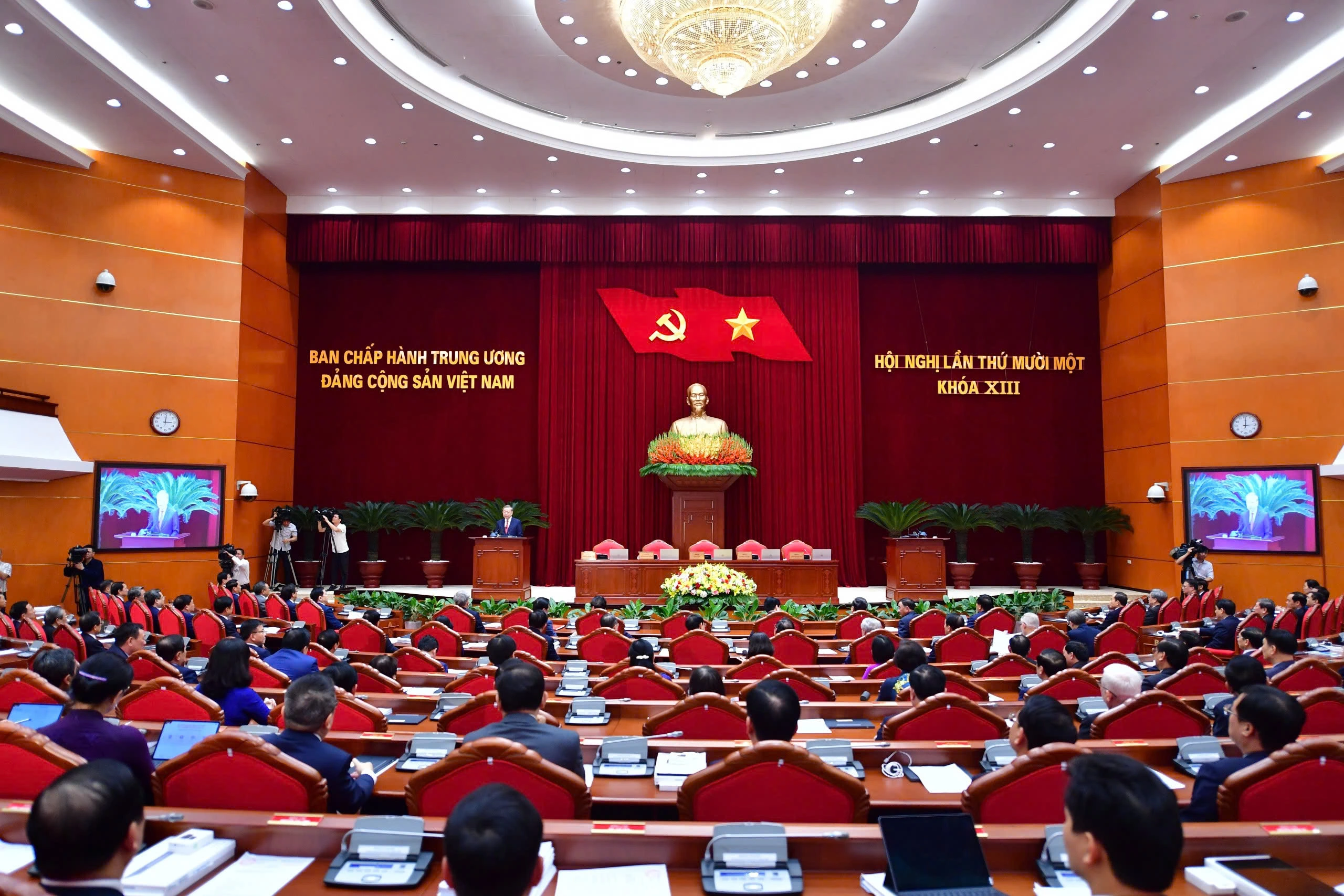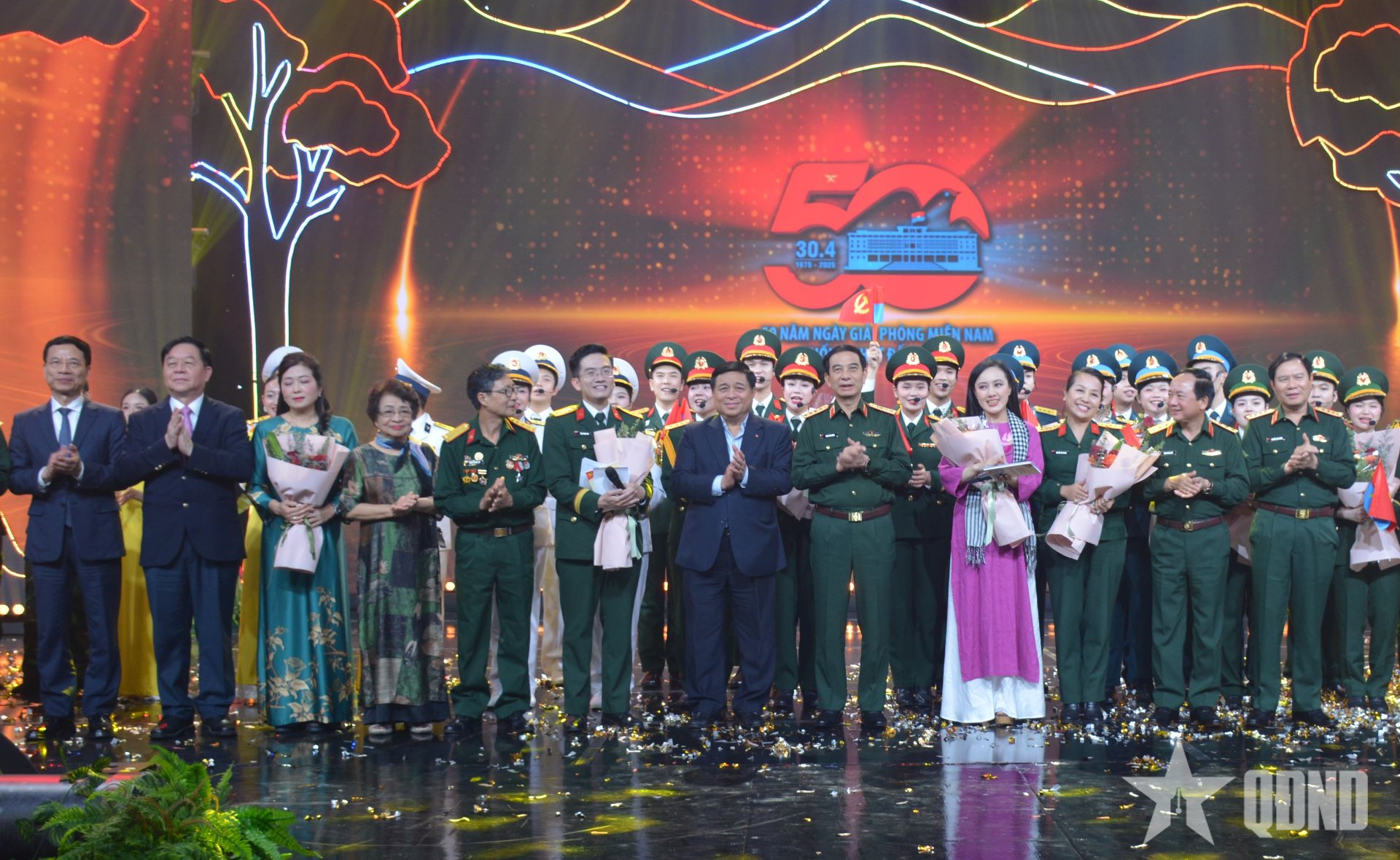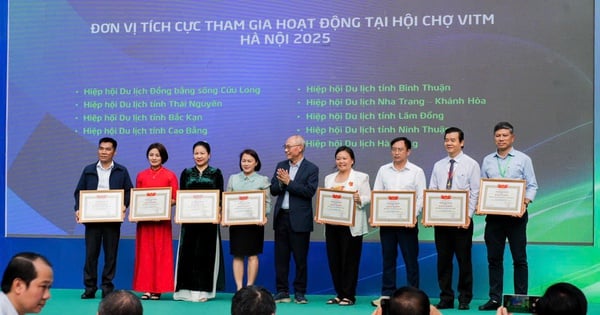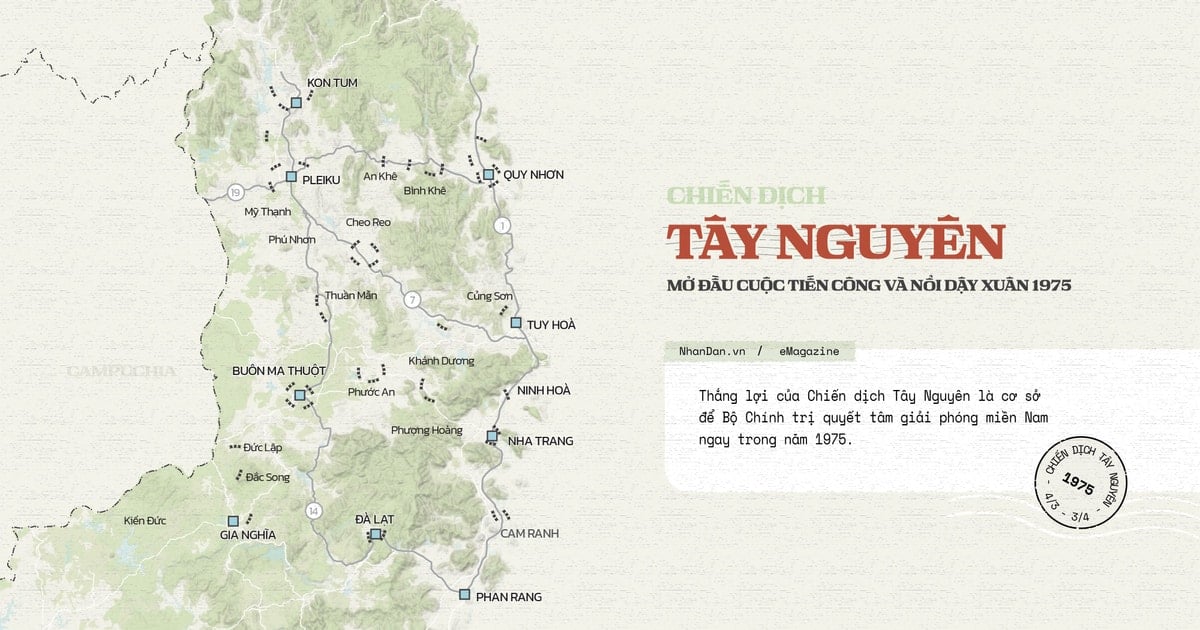AI will change, but not replace journalism
Just like in the internet era, the digital era or social networks (MXH), journalism - as well as many other fields - cannot avoid the wheel of history moving towards the era of artificial intelligence. Even for many experts, AI is the technology that has a greater impact on journalism than ever before. It not only changes the way journalism works, but can also replace many of journalism's jobs.
Francesco Marconi - a journalist, director of development at the Wall Street Journal and co-head of AI at the Associated Press (AP) - once said: "According to many experts, by 2026, 90% of online content could be machine-generated" . Marconi is also the author of a groundbreaking book about the future of AI journalism published in 2020 titled: "Newsmakers: Artificial Intelligence and the Future of Journalism" .

That means, in parallel with the fight to prevent technology giants from continuing to use AI to attract readers and steal intellectual property like in the recent social media era, the world press needs to take advantage of artificial intelligence as a tool to develop itself. Otherwise, the press will be passive, backward and continue to depend on technology platforms in the production and distribution of news.
This lesson is still very hot. If the press in the past had not been so gullible or dependent on social networks and sharing and searching platforms (which are not part of the press industry and for the benefit of the press), the story would have been different. Therefore, the press should only see AI as a tool to integrate into the new era and use it to develop its own future, not to depend on it, and certainly not to depend on the giants who are spending money to dominate this new technology.
AI is no stranger to global journalism.
Fortunately, with the nature of the job and the fact that many major news agencies in the world have become a technology center, the journalism world has somewhat caught up with the era of artificial intelligence, and can even be said to be one step ahead. Before OpenAI's ChatGPT appeared and became a global sensation, many major news organizations had applied AI in their daily work for many years, such as using Machine Learning or Big Data for production and distribution.
Mr. Marconi even pointed out that using AI to support and produce articles is something that news agencies have been experimenting with and applying for the past decade, in three stages: automation, augmentation and creation.

Journalism needs to take control in the AI era. Photo: GI
The first phase focuses on “automating data-driven news stories, such as financial reports, sports scores and economic indicators, using natural language generation techniques.” There are many examples of news publishers automating some content, including global organizations such as Reuters, AFP and AP, as well as smaller news publishers.
The second wave came when “the focus shifted to enhancing news stories through machine learning and natural language processing to analyze large data sets and discover trends.” An example of this can be found in Argentina’s La Nación, which began using AI to support its data team in 2019, then went on to establish an AI lab with the collaboration of data analysts and developers.
The third and current wave is general AI. “It is powered by large language models that are capable of generating text at scale,” says Marconi. “This new development opens up applications for journalism that go beyond simple automated reporting and data analysis. Now, we can ask an AI tool to write a longer article… about a specific topic or a specific trend.”
AI is not new even to local news organizations in some developed countries. Denmark’s Zetland newspaper is developing a speech-to-text AI service specifically for journalists. Meanwhile, in Finland, public broadcaster Yle has been using machine learning (ML) to generate news automatically.
Furthermore, the Sophi app developed by the Globe & Mail in Canada has automated much of the technical work on its website, allowing editors to spend more time on professional work and increasing traffic by 17%. The product is now available to news organizations around the world, along with many other similar apps.
Obviously, artificial intelligence is not a “Big Bang” in the world of journalism. It has been known and predicted by the press for a long time. Going back to the past, Microsoft launched the “chatbot Tay” which was very popular in 2016 but was soon shut down due to a racism scandal. Even an automated chat program quite similar to ChatGPT called Eliza appeared in 1966!
It is undeniable that ChatGPT or some general AI applications that have been born recently have made great progress. But in terms of the field of journalism, it is still just a machine that synthesizes and distills available information, then uses the Natural Language Processing (NLP) model to respond like a human, causing a certain interest for users.
The future is still in the hands of the press
Thus, applying AI to journalism is not something strange, nor is it too difficult. Therefore, journalism that does not have much experience and knowledge of AI, including our Vietnam, does not need to be confused by the rise of AI, specifically the appearance of ChatGPT and the fierce arms race between AI giants recently.

AI is gradually entering journalism, but only as a supporting tool. Photo: GI
It is true that if AI develops as predicted, the majority of articles will probably be created by machines in the not too distant future. But those articles must be created by the press organizations themselves, with moderation, responsibility and trust; not by a third-party AI software created by “rehashing” press information and other copyright information. AI for journalism will only be a tool to help newspapers and reporters speed up the publishing process, making articles better quality and more attractive.
It is the same as before when there was modern printing technology, publishing newspapers was more convenient and faster, when there were computers, writing newspapers was easier, and when there was the internet or information storage tools like Google or Wikipedia, the articles would have more information and depth. In fact, technology has never been journalism, and vice versa.
It is important that the press avoids making the same mistake in the recent Google and especially social media era, when they left or relied on these third-party platforms to distribute and recommend stories, only to realize their mistakes too late. Currently, major news agencies are trying to escape this mistake by reaching out directly to readers again through real press sharing platforms, email, news apps... and some other content recommendation tools.
The future of journalism will still be in the hands of journalism even in the AI era. In fact, if we make good use of this super technology, the journalism world can stand on its own two feet again, and even thrive again!
Huy Hoang
Source


![[Photo] National Assembly Chairman Tran Thanh Man attends the ceremony to celebrate the 1015th anniversary of King Ly Thai To's coronation](https://vstatic.vietnam.vn/vietnam/resource/IMAGE/2025/4/13/6d642c7b8ab34ccc8c769a9ebc02346b)
![[Photo] Prime Minister Pham Minh Chinh chairs the Government's special meeting on law-making in April](https://vstatic.vietnam.vn/vietnam/resource/IMAGE/2025/4/13/8b2071d47adc4c22ac3a9534d12ddc17)


![[Photo] National Assembly Chairman Tran Thanh Man attends the Policy Forum on Science, Technology, Innovation and Digital Transformation](https://vstatic.vietnam.vn/vietnam/resource/IMAGE/2025/4/13/c0aec4d2b3ee45adb4c2a769796be1fd)






















































































Comment (0)